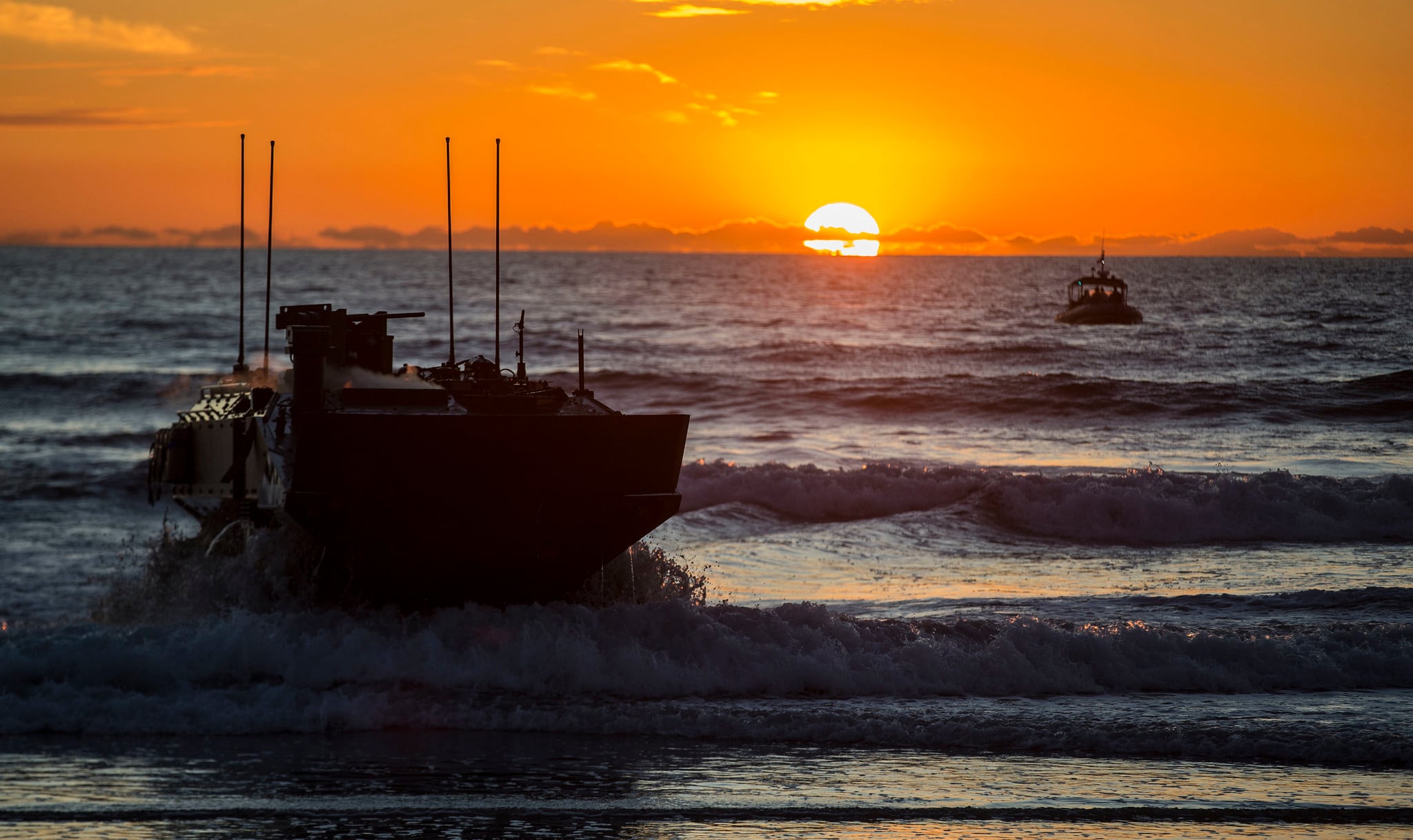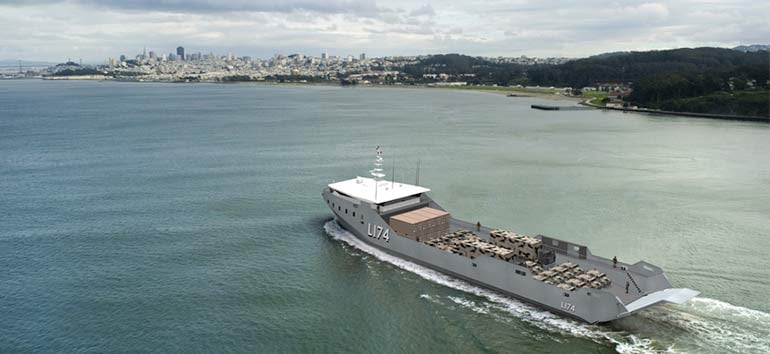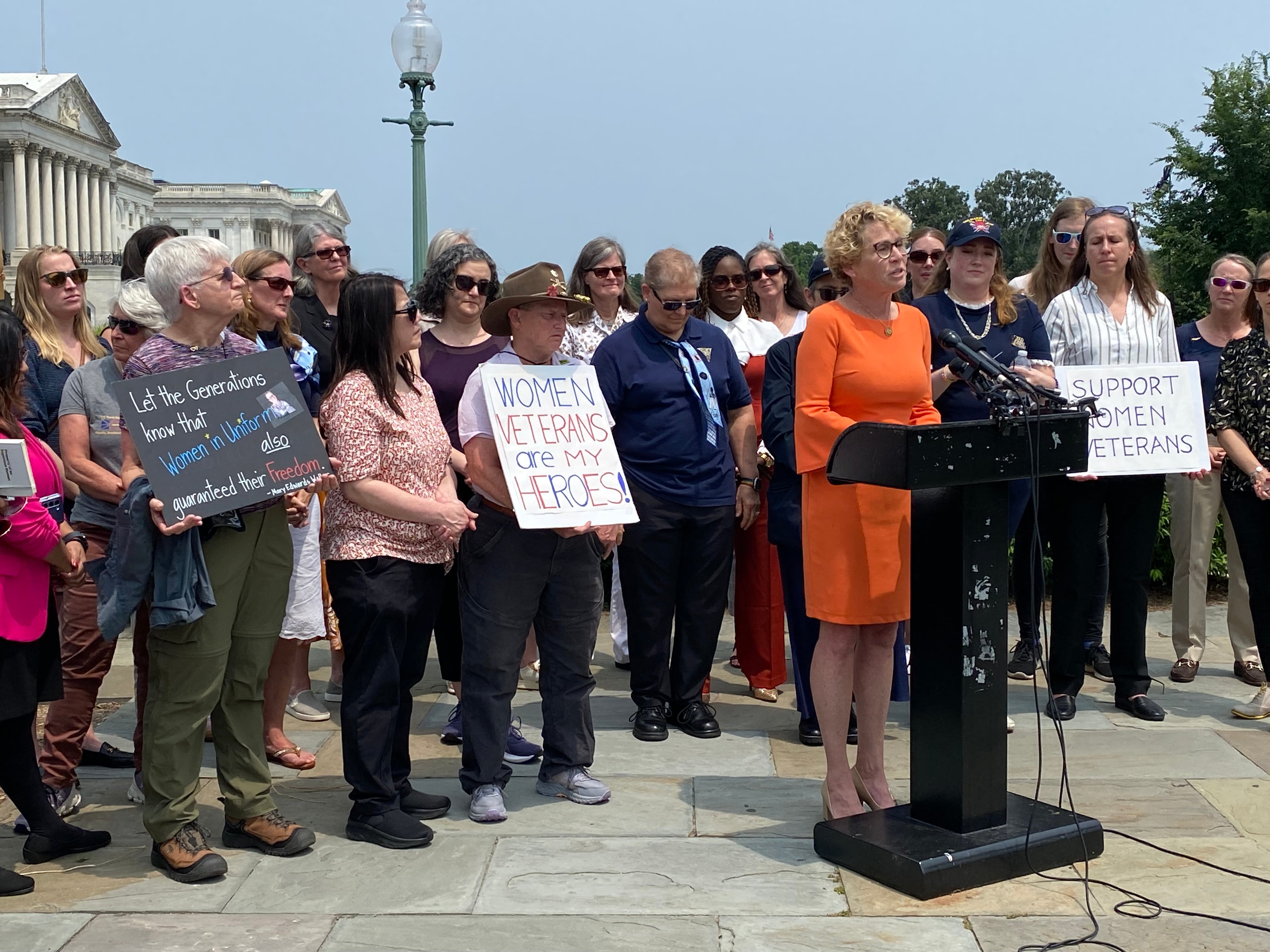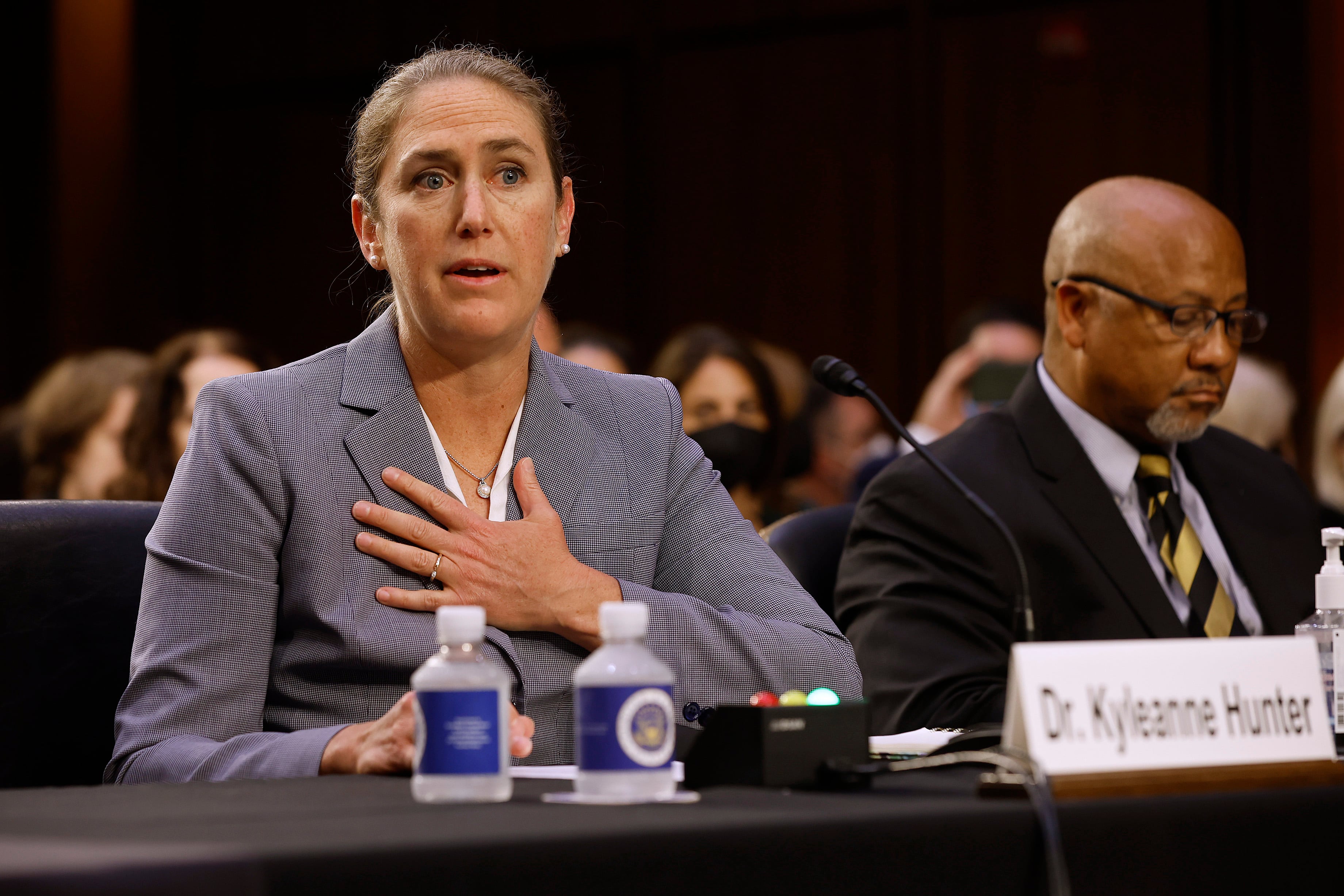This headline and story were corrected June 17 due to a Navy error. A Navy spokeswoman told Defense News June 3 that its Light Amphibious Warship program would not see delays due to the fiscal 2022 budget request and that “the Navy is still planning for the Detail Design and Construction award in late 2022.” On June 17, a second Navy spokesman told Defense News that the ship program would not award a construction contract until 2023, marking a delay in the program.
The story also now includes information on recently awarded preliminary design contracts.
WASHINGTON — The U.S. Navy’s Light Amphibious Warship program is no longer on track for a fiscal 2022 start of construction and now appears to be moving towards an FY23 start instead, a service spokesman told Defense News.
Navy and Marine Corps leaders previously told reporters the LAW program was quickly progressing. The program was in industry studies with about 10 teams and just recently awarded five teams a preliminary design contract: Austal, Bollinger, Fincantieri, TAI Engineers and VT Halter Marine.
The services have plans to downselect to three teams to produce a full design, and then to one team for a detailed design and construction contract. That contract had been planned for a FY22 award but would slip to FY23 based on the funding included in the Navy’s FY22 budget request to Congress.
The FY22 budget request asks for $13.2 million in research, development, test and evaluation funding.
On June 17, Navy spokesman Capt. Clay Doss told Defense News that that funding would support “ongoing design efforts, development/evaluation of the detail design and construction [request for proposals] and preparation/execution of Milestones B/C.”
He added that “the Navy is aggressively developing requirements and the acquisition strategy to begin procurement and deliver the Lightweight Amphibious Warship (LAW) and is on track to award the LAW Concept Studies/Preliminary Design contract in the summer of 2021 while continuing to review budget resource allocation. The Navy is still planning for the Detail Design and Construction award in FY2023.”
However, the Navy previously gave Defense News a statement that the construction award would be made in FY22. Spokeswoman Lt. Cmdr. Stephanie Turo told Defense News earlier this month after the FY22 budget request was released that the $13 million would “complete preliminary design efforts and continue studies to finalize LAW manning and infrastructure requirements to support the development of the Request for Proposal (RFP) for the lead ship. Of note, FY21 funding supported award of the concept study/preliminary design contract and development of required acquisition, logistics, and test documentation.”
Asked if the research-only funding would create any schedule delays for the program, she said the service is on track to award “the LAW Concept Studies/Preliminary Design contract in the summer of 2021 while continuing to review budget resource allocation. The Navy is still planning for the Detail Design and Construction award in late 2022.”
The Navy did not offer an explanation as to why its original statement was incorrect or why the LAW program would slip a year under this FY22 budget proposal.
In December 2020, the outgoing Trump administration released a long-range shipbuilding plan that included the purchase of one LAW in FY22. When the Biden administration released its own budget request materials on May 28, it did not include LAW in its FY22 ship construction plans — though the Navy said it can begin to fund the program with just the funds in the research and development budget line.
Specifically, the R&D budget line calls for “a medium-sized landing ship that enables distributed maneuver and logistics such as Distributed Maritime Operations (DMO), Littoral Operations in a Contested Environment (LOCE), and Expeditionary Advanced Base Operations (EABO) in support of the newly established Marine Littoral Regiment (MLR). It is designed to fill the gap in capability between the Navy’s large, multipurpose amphibious warfare ‘L’ class ships and smaller landing vessels. This vessel will deploy tailored logistics, select power projection and strike capabilities.”

In related “Ship Concept Advanced Design” funds, the Navy also asked for $27.8 million for its next-generation logistics ship. The vessel is meant to augment the traditional Combat Logistics Force ships but will be smaller and therefore more optimized to support future fleet operations that will feature small groups of Marines ashore — in expeditionary advanced base operations — or smaller ship formations — a surface action group of frigates, for example, instead of the much larger carrier strike group.
NGLS will be based on a commercial ship design, in part to keep the cost down and in part to help the vessels blend in with commercial traffic in contested waters, making them less of a target to an enemy. FY22 research and development funding would support trade-off studies, development of indicative designs, specification development and experimentation with a chartered logistics ship focused on the refuel, resupply and rearm logistics missions.
It also asked for $16.4 million to support a tender for both the Virginia-class attack submarine and the Columbia-class ballistic missile submarines. With those newest submarines in mind, the tender would be built with submarine maintenance, rearming and resupplying in mind, as well as medical and dental capabilities. The funding would support requirements definition, early industry engagement, preliminary designs, trade studies and follow-on assessment for the program.
The Navy previously poured about $19 million into similar advanced design funds for a Common Hull Auxiliary Multi-Mission Platform program, but the Navy did not ask for any funds for that effort in FY22. The CHAMP program was potentially envisioned as a pair of ship designs that could cover five auxiliary missions — one of them being a submarine tender.
Megan Eckstein is the naval warfare reporter at Defense News. She has covered military news since 2009, with a focus on U.S. Navy and Marine Corps operations, acquisition programs and budgets. She has reported from four geographic fleets and is happiest when she’s filing stories from a ship. Megan is a University of Maryland alumna.





